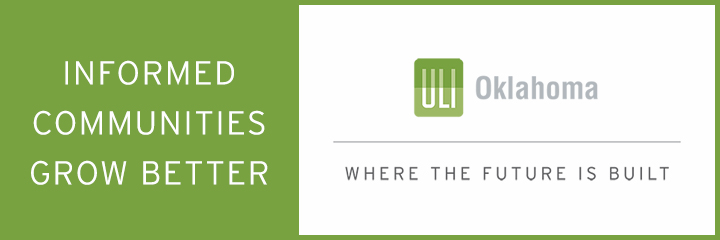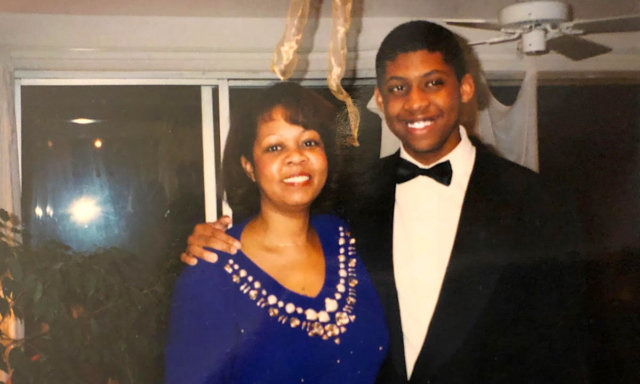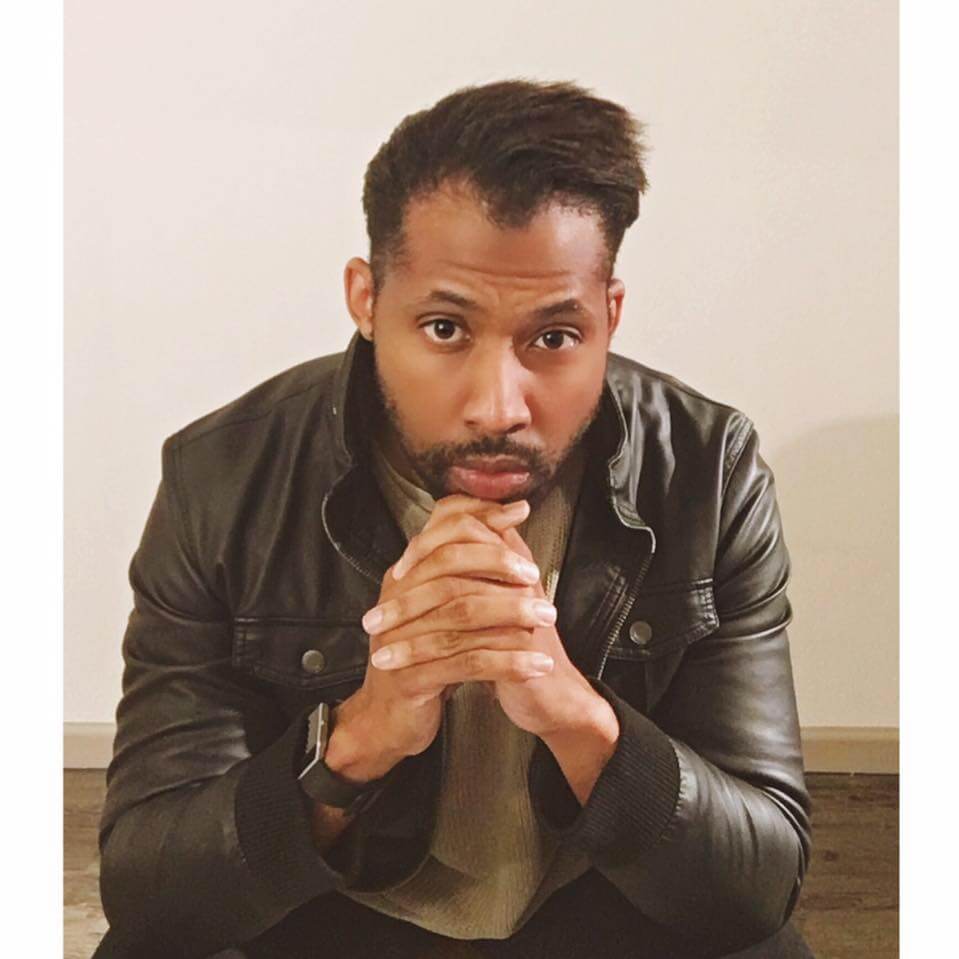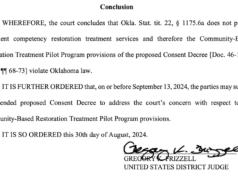
In the Trump era, it’s difficult to find much for an unabashed, cynical, idealistic misanthrope like me to be thankful for. I can, however, thank (yes, thank) “President” Donald Trump for calling the insidious ghouls of America’s oppressive past to yet again materialize, reminding us of the persistence of our own ignorance.
As I watched the events of the Charlottesville protest unfold, the President disparage and reject immigrants from “shithole” countries, or his supporters actively reject the importance of the #MeToo movement, its easy for me to become angry. Over the past few months, I have witnessed brave women and men reveal the pain of their personal and systemic sexual abuses and harassment. A necessary shift in the collective consciousness is taking hold, and it’s exciting to watch.
Nonetheless, I can’t help but wonder and question the racial and socioeconomic privilege of the movement and how it seems to leave behind many women of color (just like Tarana Burke). One of those women, my mother, lays particularly heavy on my mind, as she and many women of color walk amidst the thick fog of centuries of ancestral racial oppression, hatred and misogynistic and patriarchal abuse, all the while continuing to internalize and process those abuses in damaging ways.
My mother, like many others who have held the proverbial torches of their mothers, grandmothers and great grandmothers, bears the emotional and psychological scars to prove it. These scars often manifest as mental illness, physical illness and addiction as well as histories of broken or abusive romantic relationships.
I also remember the numerous young Black women in my college classes who confided in me their stories of physical and sexual abuse, racial violence, covert racism, domestic abuse and economic disparity but somehow felt left behind in the supposed sweeping change of the #MeToo movement. We need to find a way to make the movement intersectional and inclusive while recognizing that the nuances of oppression cross many identities.
Ancestral ghosts
I can vividly recall stories my grandparents told of relatives long-dead with names like “Uncle Hoochie,” who ran the streets of Chicago in beautiful Cadillacs, running numbers and drinking like a fish. These stories are familiar to many young Black men and women. There’s an Uncle Hoochie or some iteration in most family trees. There’re also at least one (or 10) addicts, alcoholics or mentally ill members as well, either living or not far in the historical annals of Black familial narratives.
However colorful these characters were, they always seemed, at least to me, to be the stuff of a stylized 1990s Spike Lee movie: friendly yet decisively Black historical archetypes that had little bearing on my sheltered life in the predominately white suburb of Norman, Oklahoma. Partially shielded by my grandparents’ financial and community success, I was cocooned from many of the difficult realities of inner city Black kids. The abject poverty my grandfather endured in Alabama in the 1930s and ’40s always sounded a bit more like a Mark Twain novel rather than a life.
Still, I am haunted. The phantasms of addiction and trauma and the cultural and interpersonal abuses passed down from generations of slaves to sharecroppers and eventually to suburban, well-to-do Black university families or poor inner-city Black families are hard to exorcise. In fact, they relentlessly stalked the halls of every home I ever lived in and live still in the crevices of my apartment, manifesting as depression, hopelessness and loneliness even on my best days.
The shadows that stalk my corners are nothing compared to the shadows cast on my mother. At 60, my mother remains heroically kind, loving, sometimes naïve and gentle but at other times fierce and argumentative. She embodies always, however, the beautifully complicated yet elegantly simple archetype of a Black woman.
After moving from Detroit in 1967 following the riots to Oklahoma and coming of age in the 1970s, she was a sexually liberated, racially emancipated fireball. A vision of 1970s Black excellence, complete with afros and impeccable bell-bottoms, she literally sat at the feet of Angela Davis (and other notable civil rights leaders) who visited her childhood home in the 1970s. My mother is strong, impossibly beautiful and emotionally sensitive. She is also an alcoholic.
Histories of oppression
As a child, I watched her navigate the difficult waters of adult life as a single Black mother: often working good but relatively mundane middle-class office jobs, raising a young Black man without the financial or psychocological help of a present co-parent. Her story was all too common.
I, like most children, had little appreciation for the sacrifices she made; the birthdays where I got everything I asked for, the food in my belly (and I can eat A LOT of food) and the safe and very well-appointed roofs over my head. There were ebbs and flows of abundance and scarcity but never the Twain-esque realities of my grandfather’s Depression-era childhood. For all intents and purposes, I was a child of privilege, receiving the direct and indirect boons of my mother’s family and their success.
As I aged into adolescence, her drinking grew more severe. The hardships and realities of life as a single Black mother began to clamp down around her. After enduring domestic abuse, childhood traumas, sexual assaults, depression, workplace discrimination, microaggressions – not to mention: racism, sexism and misogyny – her anxiety multiplied. As her anxiety compounded, so did her drinking.
She, like countless Black women before her, sought anything to help her cope with the demands to hold it all together. The well-meaning but often-damaging archetypes of the “strong black woman” did little but paint her into a long-suffering silent corner where the psychic demands of repression would rob her of sleep. To manage her own personal anxiety and trauma with the generational weight of thousands of long-suffering women before her, a recreational release she picked up while dating my father eventually became a psychological crutch to manage the many real emotional and institutional whips of American life. Because she was an educated child of a privileged family, however, she sought help throughout her life but often found herself at the mercy of white male counselors, doctors and therapists who would continue the literal and figurative assault of their ancestors. Violating her trust, crossing boundaries and thus compounding her trauma. A disgusting albeit common re-creation of the repugnant horror of the master’s clandestine visits to the slave’s quarters.
As a child, I did not consciously understand this but rather imbibed the felt sense of residual emotional pain that would sometimes linger in my home. I hated the sound of her voice when she drank wine. The anesthetized and sleepy look in her eyes at the end of the night after a few screwdrivers. I raged at the alcohol itself, believing it was responsible for reducing my mother to a fraction of the vibrant, alert woman that arrived home dressed beautifully from a hard day at work. I thought I was supposed to come home to Claire Huxtable, not understanding that Claire was an idealized myth produced for white audiences.
At night, my mother would allow the specters of oppression to seep through the cracks. In the comfort of her home, before bed, undoubtedly anticipating that she knew she had to get up and do it all again. Getting up to go to work to be sexually harassed by supervisors, or violated by therapists, or demeaned by would-be male suitors, or patronized by white female co-workers, all while trying to raise a responsible Black man, I knew I didn’t live in The Cosby Show. Of course my mother had joys, triumphs, promotions, celebrations and victories as well, but they were punctuation marks rather than sentences, as is the case in many people’s narratives.
Eventually, my mother’s emotional traumas began to stack against her like bags of sand against a hurricane levee. Until one day, she broke, as the shock of an abusive relationship ending (a betrayal by another wounded and misogynistic Black man surely haunted by his own ancestral pain) released the dirty waters of a 45-year hurricane. The first in a series of mental and physical trials that would eventually render her unable to work, struggling daily albeit courageously with the trials of sobriety and the struggles of living on a disability budget.
I grew angry and disillusioned by popular media’s promise of the reformed alcoholic. The elusive alcoholic-recovery success story. I wanted the “trauma-to-triumph”, Oprah Winfrey-worthy segment where my mom would sit proudly under proverbial stage lights telling the story of how the the weight of her traumas was suddenly washed away in a moment of pristine Super Soul Sunday clarity. Of course, I spun out in my own way, awkwardly navigating codependent relationships, unrequited love, low-self esteem, depression, OCD and eating disorders. I studied mental health counseling, adopting the predictable role of wounded healer in the hopes of transforming the broken in a predictable projection of my own unmet childhood needs.
In my 20s, my relationship with my mother became more strained. I began to act more as a court-appointed case worker while resentment and anger stockpiled. I judged, berated, rescued, counseled, took to counseling, manipulated and wrote her off dozens of times — only to repeat the cycle (sometimes daily). Engaged in the textbook addict/enabler dynamic all along, only peripherally aware of the ghosts of millions of Black sons and daughters and their parents, bowing their heads at our predictable play.
Genomic genocide
Studies show that the trauma our ancestors genetically endured embed themselves in our own DNA, burrowing like ticks, feeding on our neural pathways, waiting for the go-ahead to explode and release hundreds or even thousands of years of physical, mental and emotional havoc. Western models of recovery fail brown people. In fact, they often fail all people. Focusing on individual willpower, abstention and sequential steps in which the responsibility for healing ultimately rests solely on the afflicted aptly mimics the western insistence on individuality and singular success. Mental health and addiction medicine in the United States is predicated on a medical model of neuroses and dysfunction, therefore alleviating the responsibilities of the community in both creating and healing the wounds.
Meanwhile, rather than leaving its members to flounder waiting for “rock bottom” while suffocating in the energy of suffering and heartache, indigenous and African healing modalities focus on the group as integral to healing both individual and communal wounds afflicting a person. Grief, sadness, anger and pain are openly expressed as a form of communal performance. Open and visible expression are believed to encourage energetic and physical cleansing of the soul and body, which allows healing to begin. Negative emotions are not locked inside to be suffered in secret silence, only to eat away at their host.
The most disrespected woman in America
My mother and her addiction were often relegated to hour-long sessions with well-meaning but overworked therapists (at least the ones who weren’t exploitative and abusive). My struggle to save her was often carried out singularly, as even family and friends adopted the western approach of “rock bottom,” survival-of-the-fittest recovery methods. I’m sure if they could see, however, the thousands of women standing behind my mother like I do now, screaming and crying underneath a guise of strength and historical stoicism, they would weep with them and collapse in horror at the ways we have failed many of them. We briefly pay attention when famous ones succumb to this fate: Whitney Houston, Natalie Cole, Billie Holiday, Dorthy Dandridge.
My mother, my father, grandfather, grandmother, aunts, uncles, cousins, the young Black woman I saw on the television at the Charlottesville protests, and even myself are all still being beaten at the hands of an insidious oppressor. In some of us, it manifests as alcoholism; in others, hypertension; in others, obesity; in others, depression, anxiety, PTSD, domestic abuse, sexual abuse; and in others still, rage. But our women … our women bear the burden in a manner that has palpable and irreversible consequences.
When Beyoncé displays the images of poor Black women in New Orleans against the backdrop of Malcolm X reminding us that: “The most disrespected woman in America, is the black woman,” we need to listen. The traumas inflicted upon the collective mental-emotional body of Black women – and their sons and daughters – is a holocaust, leaving ghosts and broken spirits eager to heal the historical wounds.
The real Black girl magic
I’ve watched my mother, though exhausted from the trials of her personal and ancestral pain, wake up every morning and try again. I’m lucky. Some Black women simply can’t, their souls tired from pushing back the overwhelming floods of nearly 300 years of trauma. This isn’t a sad story. For the first time, I have a sense of hope. I don’t know if my mother will win the fight against her oppressors. I know she was pretty badass when she protected me from a white man who cornered seventh-grade me in a church parking lot, falsely accusing me of spitting on his daughter. Yet, for the first time in 25 years, I have hope. These words are an incantation. An offering to my ancestors to break the silence. A genomic restructuring of our historical sorrow.
As for my mother, I know she’ll rise again, meeting the unimaginable challenges and gifts of waking up each day a Black woman; strong, flawed, sometimes anxious, at other times fierce. This is real Black girl magic, and we should all marvel at her radiant beauty. Maybe then they’ll feel more comfortable saying, “Yeah … me, too.”






















